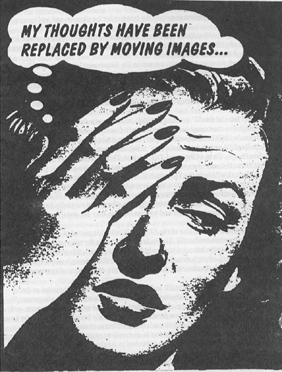What is Stream of Consciousness writing?
from here,Stream of consciousness writing aims to provide a textual equivalent to the stream of a fictional character’s consciousness. It creates the impression that the reader is eavesdropping on the flow of conscious experience in the character’s mind, gaining intimate access to their private “thoughts”. It involves presenting in the form of written text something that is neither entirely verbal nor textual.
Writers who create stream-of-consciousness works of literature focus on the emotional and psychological processes that are taking place in the minds of one or more characters. Important character traits are revealed through an exploration of what is going on in the mind.
Flow and Structure of Stream Of Consciousness from here,
The literary form is intelligible as a linear flow only because the kind of consciousness described consists of thoughts, impressions and feelings which are very widely intelligible without context. In the flow of philosophical thought there is a real problem of the intelligibility and communicability of each momentary thought. A philosopher might possibly have spent decades deliberating upon some subject matter. He may have a complex understanding of this area which he continues to evolve. A moment of thought may consist in some new insight which involves and perhaps advances this whole prior complex understanding. This moment might, in the absence of a common understanding of this context, be expressible only by enunciation of the entire prior understanding. There is no limit to how much time and space this might take to communicate (if it is indeed verbally communicable). An attempt at a linear account of this kind of material would be hopeless, because, despite the linear flow of consiousness, there is too great an essential structured context required for its communication or comprehension.
At any point of time, there are three distinct aspects to a story. The character, the location, and the circumstance (the character is in, or/ and which has befallen the location). In a stream of consciousness narrative, what you are basically doing is not writing about any one of the three above. (Read The Iceberg Theory from The Writing Style of Papa Hemingway) The reader tends to replace thoughts about the missing aspect with his own perceptions of the world. So when you directly immerse the reader into location and circumstance, it is he in the story, not the character that is talking about it. That is where you have a chance to twist the reader’s gut by making your character very identifiable with them and yet very very different.
Do it as an experiment. Keep one aspect of the three to yourself when telling your next story and let the reader fill it in for himself. In his head.


One thought on “Writing a Stream-of-Consciousness narrative”